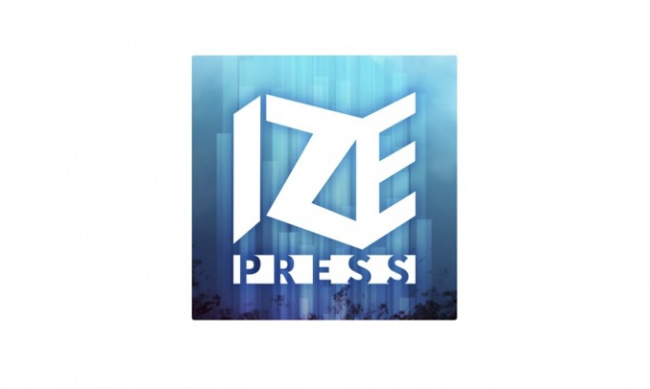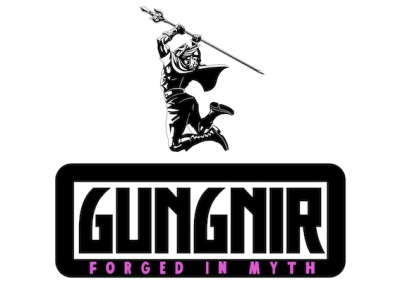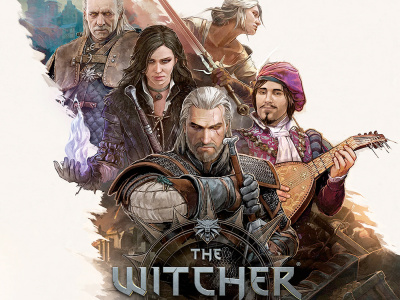ICv2: How do you decide which webtoons to bring to print?
JuYoun Lee: While online presentation provides easy access wherever and whenever, there are still many readers who would like to own physical books to put on their shelves. We try to focus on those titles that most benefit from this alternate reading experience, where the details of the art and story get to shine in a new light by virtue of the different presentation. At the end of the day, though, the principle is the same in all of our licensing decisions – we want to publish great books.
How do you choose foreign properties that will be a hit with U.S. readers?
Most of the English web comic platforms are very actively keeping up with multiple language releases, so many titles could already have the English iterations out there. So unlike, say, manga, the biggest difference would be the layout, not the language, between what’s already available vs the print books Ize will offer. Especially for vertically scrolling web comics, what we look for is a title that would provide a very different and satisfying reading experience in print. The scrolling format allows you to digest panel by panel, giving the viewers a fast, convenient reading experience without much need to navigate the information in front of you. However, this can make the simultaneous delivery of information or dynamic layouts challenging. For books, though, you get the benefit of a spread, which can sometimes be really advantageous in allowing the art and script to work holistically to form the story. In action-packed titles, getting to see a dynamic, beautiful piece of artwork filling the pages across a spread is an excellent experience in its own right. In short, those titles that spark the imagination about how they would read in a book format are the ones that we most want to bring to print.
How does the number of readers online correlate with book sales?
Print editions of web comics are so new in the States that it’s hard to say for sure, but the existing fans have shown tremendous support for the physical editions so far. While many enjoy reading digitally, I think the thought of owning something tangible is incredibly appealing to many fans, almost like a manifestation of their enthusiasm.
How will readers of the webtoons find out about your print books?
Ize will be doing – and has already started – a significant amount of marketing online, in print, and at conventions to make fans aware that physical editions of the titles they love are in the works. We’ll also be partnering with the channels where they first engaged with these titles and, wherever possible, with the creators themselves to get the word out.
Which genres and styles seem to be most popular?
It’s hard to beat Fantasy and Romance when it comes to genres. Who doesn’t want an escape every now and then? That’s the great thing about comics in general, though – there’s no limit to the medium, so you have the entire spectrum of storytelling at your disposal. Authors don’t need to limit themselves in terms of what they want to convey. Their passion just needs to show in the work.
How is the audience for webtoons different from that for print comics?
Hard to say about the US audience yet, but one thing different in Korea has been that episodic, slice-of-life stories are particularly popular online. I assume this is due to the reading habits of many – in short increments when you have a spare moment. Of course, long-term, complicated storylines do well, too, but there are still many more popular diary-form web comics than in the print industry.
Is there much crossover, in terms of creators and audience?
Again, it’s probably too soon to speculate much about the US market, since it’s relatively new, but in Korea, many print creators and audiences have made the shift to web comics, and I believe it’s a growing area in Japan as well. I think it’s safe to say the crossover is significant and growing, particularly as more web comics make their way to print.
Why is the webtoon audience the fastest-growing part of the comics market?
Free content, easily accessible at your fingertips, definitely doesn’t hurt. The Korean market really honed its skills in this regard while providing plenty of entertainment, enough to enable anyone to find something of their taste. I also believe the scrolling formats are easier to keep up with, which makes reading web comics something easy to stay on top of even when your time is limited. At the same time, having the next chapter/story readily available makes it easy to binge, which also contributes to the popularity.
How do you see the growth of this new digital format impacting the print comics business going forward?
I only see the two things being complementary. Since digital comics started, regardless of the form, there has always been speculation that they would somehow cannibalize or just outright kill print comics, and yet print comics persist and have only grown in popularity while digital availability becomes more ubiquitous. Some of the best-selling print comics in the market in the last year were digital originals – many of them web comics. Technology is great, but the beauty of a simple paper book stands on its own, and the more people are exposed to comics, no matter the format, the better it is for the market as a whole. I am very excited to see what the future holds!
Click here for more ICv2 Webtoon Week articles!









